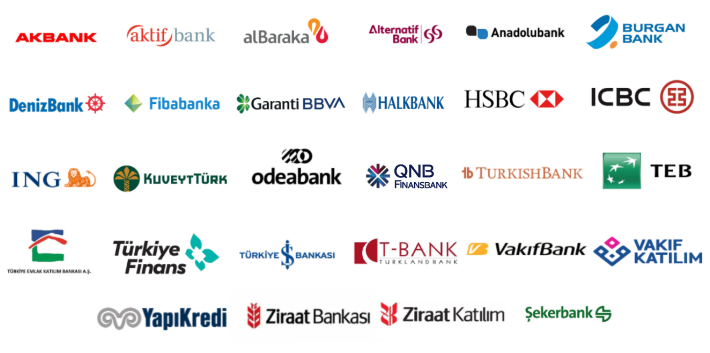The operating environment for Turkish banks has improved in recent months, due to more orthodox macroeconomic policies driving a reduction in macroeconomic and financial stability risks and increased investor confidence.
The Central Bank of the Republic of Turkiye (CBRT) has strengthened its foreign-exchange reserves position, dollarisation has reduced, and banks’ access to external financing has improved.
Banks have significantly reduced their foreign exchange (FX) swaps with the CBRT, which had been a significant portion oftheir foreign[1]currency (FC) liqidity assets, bolstering financial stability.
The surge in Turkish bank external debt issuance, totalling USD6.5 billion so far this year, underscores renewed international investor confidence.
In addition, the CBRT continues to unwind the macroprudential regulations, including abolishing the securities maintenance requirement and reducing roll-over requirements for FX-protected lira deposits. Nevertheless, challenges remain with regard to the durability of the policy mix and its effectiveness in reducing headline inflation.
Profitability pressures also persist due to regulatory loan growth caps and higher lira funding costs, although we expect it to remain reasonable, and for banking sector capitalisation and liquidity buffers to be adequate. Banks’ provisioning and profitability buffers should be sufficient to withstand the impact of monetary tightening on asset quality under our base case.
Profitability Declines, Margins Tighten
The operating profit/average-risk weighted assets (RWAs) ratio for the Turkish banks covered in this report averaged 3.4% in 1Q24 (4Q23: 4.6%). Garanti BBVA had the highest ratio (6.3%), while Halkbank reported a loss of -1.9%.
Total trading income declined significantly across the board due to rising swap costs in the high interest rate environment, ranging from TRY4.9 billion at Garanti BBVA to Halkbank’s trading loss of TRY11.6 billion.
Net fees and commissions income also varied widely, quadrupling to TRY9.7 billion at QNB Finansbank, representing 54% of total revenue. The lowest, although still high, increases were at Fiba (68%) and ING (85%).
Net interest margins (NIMs) averaged 4.2% for the covered banks in 1Q24, down from 5.5% in the previous quarter, reflecting high funding costs and slower repricing of assets amid high lira interest rates and growth caps. State-owned banks – such as Ziraat (3.5%) and Vakif (3.0%) – generally reported lower NIMs than their private counterparts, reflecting lower growth.
Loan impairment charges (LICs) averaged 41% of the covered banks’ pre-impairment profit (4Q23: 31%). Denizbank reported reversals amounting to 38% of pre-impariment profit due to front[1]loaded provisioning in previous periods, while Odea had the highest LICs compared to pre-impairment profit, at 112%.
Excerpt from Fitch Turkish banks datawatch
Follow our English language YouTube videos @ REAL TURKEY: https://www.youtube.com/channel/UCKpFJB4GFiNkhmpVZQ_d9Rg
And content at Twitter: @AtillaEng
Facebook: Real Turkey Channel: https://www.facebook.com/realturkeychannel/
